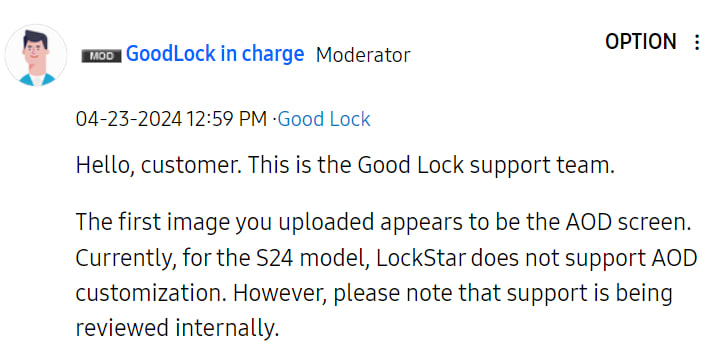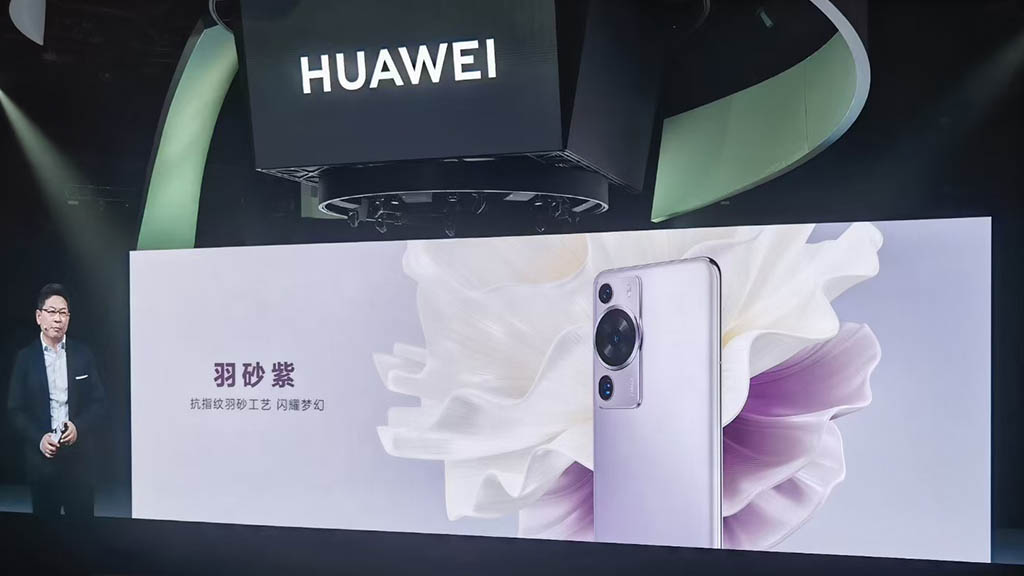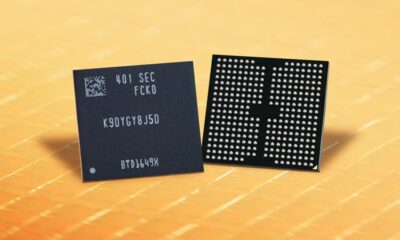News
Samsung starts mass production of 16Gb LPDDR5 DRAM chips at world’s largest semiconductor line

Samsung today announced that its second production line in Pyeongtaek, Korea, has started mass production of the industry’s first 16Gb LPDDR5 mobile DRAM, using extreme ultraviolet (EUV) technology.
The new 16Gb LPDDR5 is built on Samsung’s third-generation 10nm-class (1z) process, boasts the highest mobile memory performance and largest capacity to enable more consumers to enjoy the full benefits of 5G and AI features in next-generation smartphones.
READ MORE: Here’s the list of eligible Samsung devices that will get the One UI 3.0/Android 11
“The 1z-based 16Gb LPDDR5 elevates the industry to a new threshold, overcoming a major developmental hurdle in DRAM scaling at advanced nodes,” said Jung-bae Lee, executive vice president of DRAM Product & Technology at Samsung Electronics. “We will continue to expand our premium DRAM lineup and exceed customer demands, as we lead in growing the overall memory market.”
Samsung’s Pyeongtaek Line 2 is the largest-scale semiconductor production line to date. The area length is more than 128,900 square meters (over 1.3 million square feet) – equivalent to about 16 soccer fields.
Samsung’s new 16Gb LPDDR5 is the first memory to be mass-produced using EUV technology, providing the highest speed and largest capacity available in mobile DRAM.
JOIN OUR SAMSUNG CHANNEL ON TELEGRAM
At 6,400 megabits per second (Mb/s), the new LPDDR5 is about 16% faster than the 12Gb LPDDR5 (5,500Mb/s) found in most of today’s flagship mobile devices. When made into a 16GB package, the LPDDR5 can transfer about 10 5GB-sized full-HD movies, or 51.2GB of data, in one second.
Thanks to its use of the first commercial 1z process, the LPDDR5 package is 30% thinner than its predecessor, enabling 5G and multi-camera smartphones as well as foldable devices to pack more functionality into a slim design. The 16Gb LPDDR5 can build a 16GB package with only eight chips, whereas its 1y-based predecessor requires 12 chips (eight 12Gb chips and four 8Gb chips) to provide the same capacity.
By delivering the first 1z-based 16GB LPDDR5 package to global smartphone makers, Samsung plans to further strengthen its presence in the flagship mobile device market throughout 2021. Samsung will also expand the use of its LPDDR5 offerings into automotive applications, offering an extended temperature range to meet strict safety and reliability standards in extreme environments.
News
Samsung considers LockStar support for Galaxy S24 AOD customization

Samsung is reviewing LockStar for Galaxy S24 AOD customization. The Korean community’s moderator confirmed that the latest flagship phones don’t support personalization of the always-on-display using Good Lock’s LockStar module.
Thanks to the new screens, Samsung’s Galaxy S24 series brings an iPhone-like Always On Display feature. However, the company seemingly missed bounding it with Good Lock for customization. As a result, users are facing issues tweaking it through LockStar.
However, the latest input confirms that Samsung is considering LockStar support for Galaxy S24 AOD. This will allow users to renovate the always-on-display functionality on their device in various aspects including removal of certain elements.
LockStar doesn’t support AOD customization in the Galaxy S24 series. While an internal review is underway, a possible release may happen shortly. Meanwhile, the moderator hasn’t shared any specific timeline regarding the availability of the support.
Good Lock’s LockStar is one of the most popular plugins for Galaxy customization. Not only the lock screen, the LockStar also lets users tweak the AOD function. The suite will likely add support for the newly released phones well before July Unpacked.

Image: Samsung Community
Stay up-to-date on Samsung Galaxy, One UI & Tech Stuffs by following Sammy Fans on X/Twitter. You can also discover the latest news, polls, reviews, and new features for Samsung & Google Apps, Galaxy Phones, and the One UI/Android operating system.
Do you like this post? Kindly, let us know on X/Twitter: we love hearing your feedback! If you prefer using other social platforms besides X, follow/join us on Google News, Facebook, and Telegram.
News
Beyond Apple, Huawei’s resurgence in China raises concerns for Samsung

Huawei is making a stunning comeback in its home ground. The company scored a 70% year-on-year growth in its smartphone sales in China in the first quarter. At the same time, sales of Apple dropped by over 19%, reports Counterpoint Research.
The report highlights that the Chinese phone maker is set to outpace Apple in China. As Apple is already facing heat, it’s alarming for all smartphone vendors including Samsung. After Apple, Huawei’s next target will be Samsung which leads the Global market.
Huawei, which was at 9.3% in the first quarter of 2023, jumped to 15.5% in Q1 this year. Apple led the Chinese market in 1Q23 with approximately 20% market share slipped to 15.7% in the first quarter of this year, dropping to the third spot in China.
Earlier, IDC pointed out that Apple is facing a market decline as it lost momentum in China. The local government’s push for local vendors is also helping Huawei to eat Apple’s market. Well, Vivo and Honor were the top two brands by market share.
“Apple’s sales were subdued during the quarter as Huawei’s comeback has directly impacted Apple in the premium segment,” said Ivan Lam, senior research analyst at Counterpoint.
Stay up-to-date on Samsung Galaxy, One UI & Tech Stuffs by following Sammy Fans on X/Twitter. You can also discover the latest news, polls, reviews, and new features for Samsung & Google Apps, Galaxy Phones, and the One UI/Android operating system.
Do you like this post? Kindly, let us know on X/Twitter: we love hearing your feedback! If you prefer using other social platforms besides X, follow/join us on Google News, Facebook, and Telegram.
News
Samsung and Intel team up to power the future of AI PCs

Apart from mobile, Samsung is also focusing on the PC market. The company has recently launched its new all-in-one PC “All-in-One Pro.” At the event, the VP of Intel Korea Samsung Business Division announced the intention to work with Samsung for the AI PCs market.
Galaxy AI is a hit, helping Samsung sell the Galaxy S24 series worldwide. The Korean tech giant is also bringing AI capabilities to its laptop line. Compared to smartphones, laptops, and PCs would offer way better AI features and abilities to bolster productivity.
Samsung’s All-in-One Pro features Intel’s Core Ultra AI PC processor CPU. Thanks to Intel’s external GPU, Arc, graphics performance in the all-in-one PC has also improved twofold compared to the previous generation, and power efficiency has been improved by 25%.
“In this trend where AI is present everywhere, the PC is the product that we experience directly and use for production activities,” stated Bae Tae-won.
As far as AI features are concerned, Intel is committed to offering a complimentary “AI Creator App Package” that consists of the Luminar Neo photo editing software named “Affinity” as well as the Magix video editing application “Vegas.”
Apart from Intel, Samsung also partnered with Microsoft to bring a dedicated Copilot key to the wireless keyboard of the All-in-One Pro PC. Such kind of collaborations offer deeply enhanced user experience as accessing AI-powered Copilot is just a keypress away from you.
Stay up-to-date on Samsung Galaxy, One UI & Tech Stuffs by following Sammy Fans on X/Twitter. You can also discover the latest news, polls, reviews, and new features for Samsung & Google Apps, Galaxy Phones, and the One UI/Android operating system.
Do you like this post? Kindly, let us know on X/Twitter: we love hearing your feedback! If you prefer using other social platforms besides X, follow/join us on Google News, Facebook, and Telegram.










